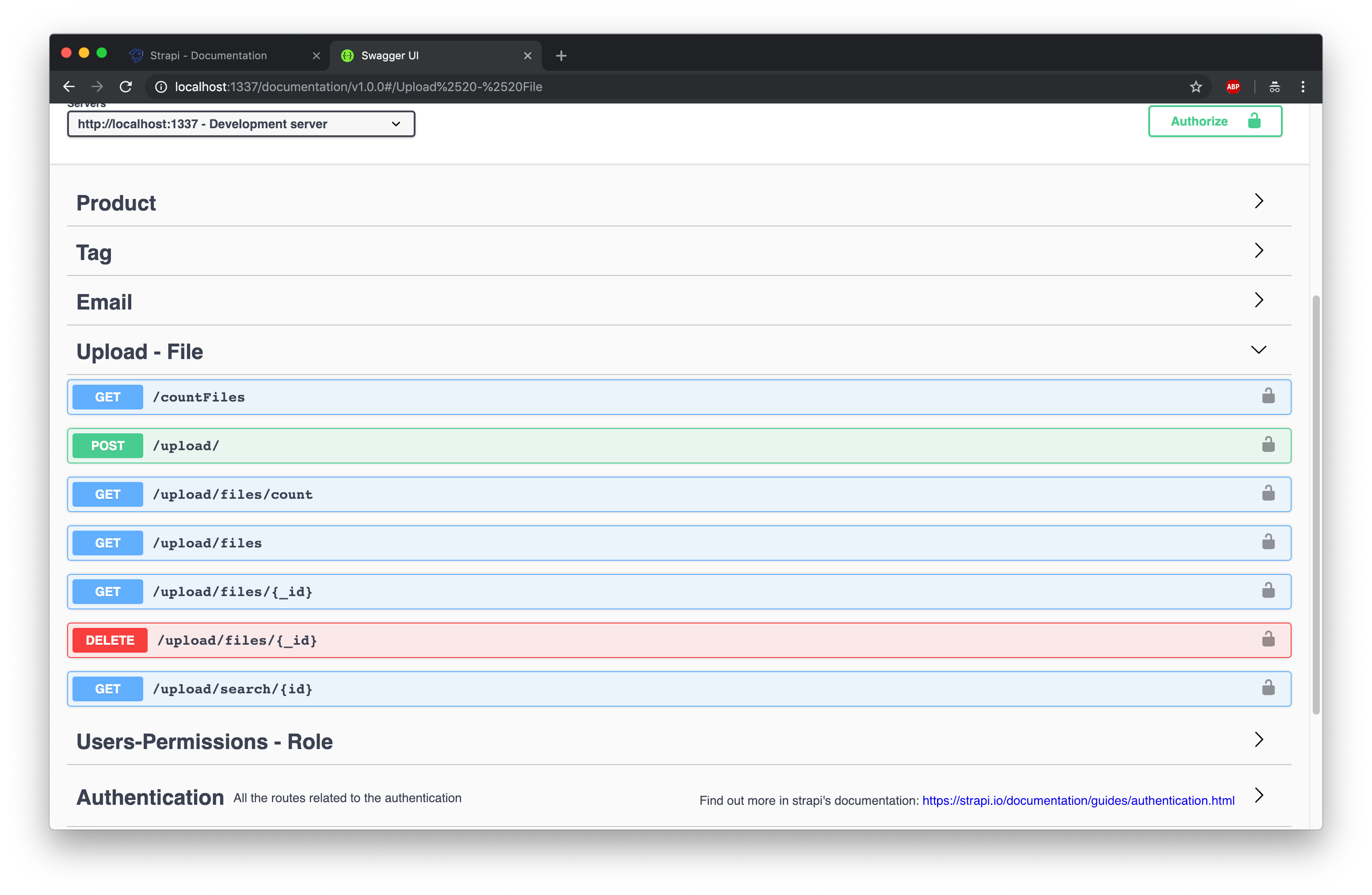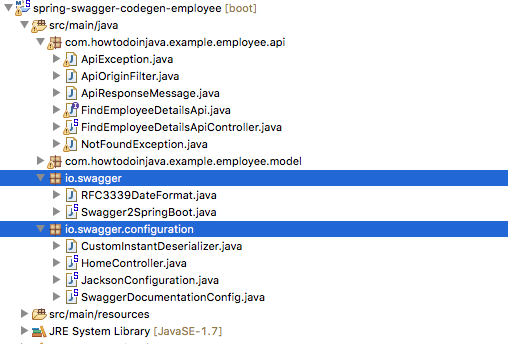
#Swagger editor import yaml file 2018 password
Password details at present are auto-generated and then sent to the email account given (which is why it can take a few seconds to complete). Summary: "Create client if address is enabled"ĭescription: "Add what do you wnat to add "įor the USER this is inside of user.yaml /users:ĭescription: "Note: Password information is not required (or processed). JSON Reference uses the special key $ref to define a “reference” to a piece of JSON.For the Client this one is inside of client.yaml /clients:ĭescription: "List Clients The list capability" For historical reasons, the API Studio user interface uses the terms 'Swagger Spec' and 'Swagger v2' to refer to the OpenAPI 2.0 format. If your OpenAPI files are in JSON format, please see the related article: Working with Swagger-OpenAPI in JSON Format. Swagger supports JSON Reference (draft) for using remote and local pieces of JSON to build up a Swagger document. These instructions are for importing an OpenAPI document in YAML format. yang file extension on the name and that’s your YANG file name (the import below would be named ietf-netconf-acm.yang and contains a valid yang model). If you are doing a big project with Swagger, I recommend hosting the editor yourself. Currently there is no way to jump between files or create a new one. Alternatively you can select File, Import File and upload the downloaded swagger.json file. Directly below is an example import statement. This works fine in current editor if you host the editor yourself so parameterscommon.yaml path can get resolved as an HTTP path. Improvement: Import File now converts JSON to YAML.

The file parameter must have type: file: summary: Uploads a file. This release improves the scoping of Swagger Editors stylesheets: going forward, everything in the. That is, your API server must consume multipart/form-data for this operation: The operation payload is defined using formData parameters (not body parameters). For client reasons i cant upload the swagger url that i am trying to import. Simply drag and drop your OpenAPI JSON or YAML document into the Swagger Editor browser window. Swagger 2.0 supports file uploads sent with Content-Type: multipart/form-data. When i use the yaml file on it loads fine with no errors. Go to Select file, import URL and type in the URL of the swagger endpoint you want to load. Swagger Editor can import your OpenAPI document, which can be formatted as JSON or YAML.

The following file types are supported if they contain a valid OpenAPI definition. If you’re writing a Swagger API spec and it’s becoming too large, you can split it into multiple files. The most interactive way to create a client from a swagger file is using the online swagger editor. To import a file from your local file system, you can either drag and drop your files, or click Browse and select the file that you want to use.

#Swagger editor import yaml file 2018 how to
How to split a Swagger spec into smaller files


 0 kommentar(er)
0 kommentar(er)
